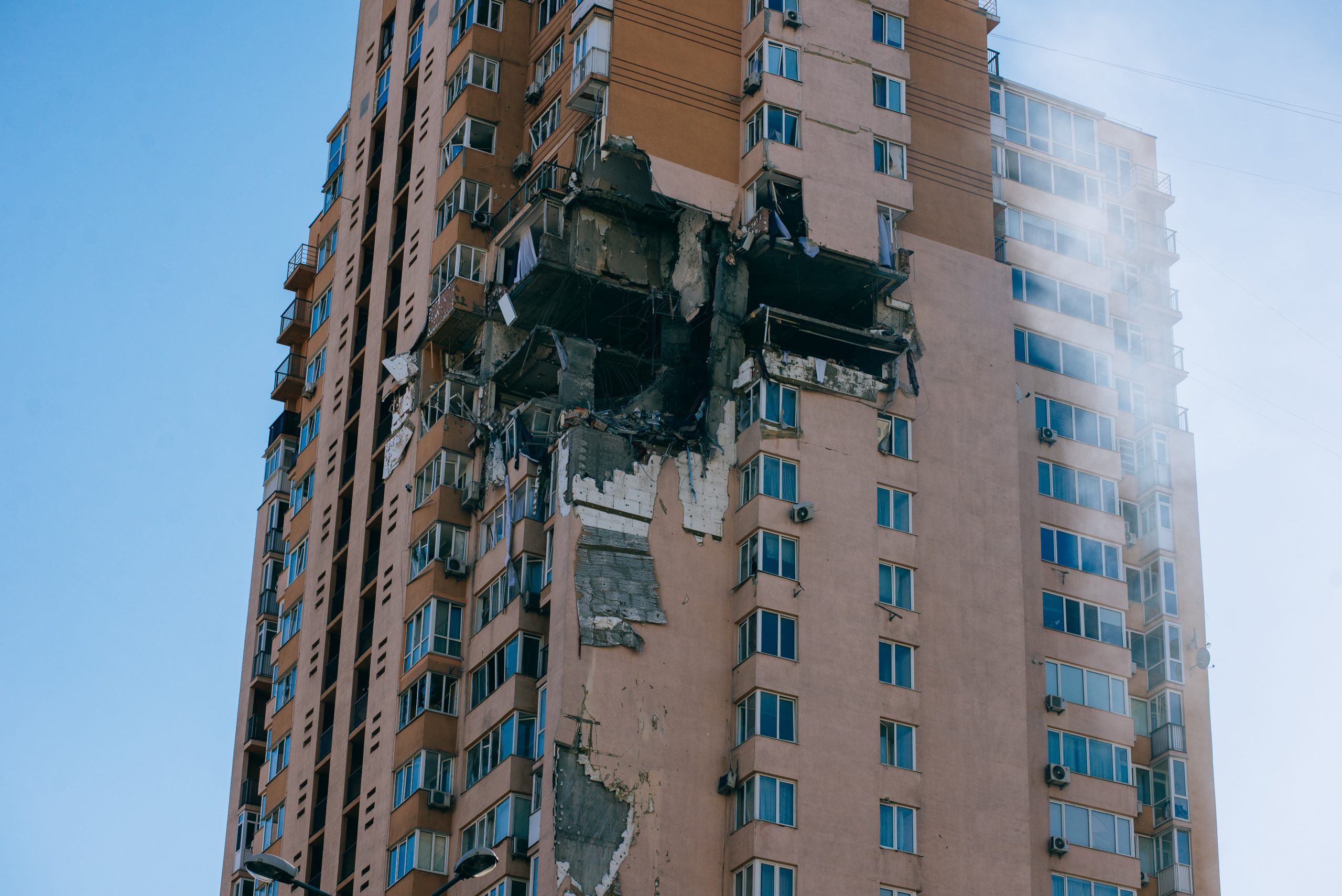
The war in Ukraine continues for the 5th week. While on the surface it seems as though the fighting has stalled, these coming weeks could be the most precarious of Russia’s month-long invasion.
Of the forces Russia amassed at the Ukrainian border before the invasion, 100% have been committed to the battle. Russia has not supplied more resources to this conflict in a significant way.
A combined effort from Ukraine’s military and the citizenry has matched the contingent of Russian forces. While the Russians have taken a few major cities and strategic areas, their advancements in the East and South have slowed significantly.
The Ukrainian’s brave defense has created a false perception in some of the eyes of the citizens, media and government of both Ukraine and the U.S.
For what amounts to a small fraction of the Russian military, a concerted effort from the whole of Ukraine and billions in foreign aid are needed to match them in conventional warfare.
The Institute for the Study of War has said the conflict is a “stalemate.” This term is being used by elected officials and those in the media to portray the war as one that Ukraine could feasibly win if they were given more firepower from the U.S. and NATO.
The citizens of Ukraine also believe that they are close to a victory over the Russians.
In a recent Gradus Research poll of Ukrainians, around 80% of the Ukrainian population thinks they will achieve a military victory over the Russians. Nearly 60% believe that victory could come in the next few weeks.
The Russians likewise believe that victory is well within their grasp.
The Russian and Ukrainian people have been known to be very stubborn in warfare throughout history.
This fact could mean that these sentiments of victory may not go away quickly, even in the face of increased loss of life on both sides.
The effect this narrative has on the war is dire. Since both sides believe they are in a winning position, neither side feels it necessary to sit down at the negotiation table in good faith.
This is why the fighting still rages on despite reports that the two countries have come to the table to work out a deal.
Neither side will give up painful concessions in a peace deal while the conflict is in this state, and it may take many more deaths before that changes.
Unfortunately, Putin has already shown through this and previous conflicts that he is willing to move up the escalation ladder in the face of resistance. He is also not afraid to send a message to the U.S. and NATO warning of consequences should they intervene.
On the 20th of March, Putin fired a hypersonic missile known as a Kinzhal, or “Dagger,” into Ukraine. This missile destroyed a Ukrainian missile depot and killed dozens.
A hypersonic missile is a weapon developed exclusively by the Russian and Chinese militaries.
The missile has similar capabilities to an ICBM (intercontinental ballistic missile) but is far more dangerous. A hypersonic missile flies through Earth’s atmosphere at a mile per second while an ICBM travels out of the atmosphere before coming down on its target.
The weapons speed, matched with how relatively low it flies to the ground, makes it impossible for any missile defense system to intercept its flight.
Russia did not need to use their most advanced conventional weapon in Ukraine, but that act mixed with increased attacks on civilian centers shows the lengths Putin will go to achieve his goals.
Putin’s real purpose in firing that missile is to send a message to the U.S. and NATO.
Putin could easily swap out the missile’s regular payload for a nuclear warhead, and a nuclear bomb propelled by a hypersonic missile would reduce its target’s reaction time significantly and be impossible to stop.
On Tuesday, Beth Van Shaack, the Ambassador at Large for Global Criminal Justice, released a statement from the Biden administration.
This statement officially branded Putin as a war criminal, citing cases where they believe the Russian military has committed war crimes in Ukraine.
This official statement is a giant escalator in tension between our two nations. Naming the leader of a foreign country a war criminal makes it very difficult to re-establish diplomatic relationships with that nation.
In previous cases where the leader of a hostile nation was given such a branding, it took a regime change to allow that country back onto the world stage.
On Wednesday, Kremlin spokesperson Dmitry Peskov told CNN’s Christiane Amanpour that Russia would not rule out the use of nuclear weapons in the face of an existential threat to Russia.
Russian doctrine dictates that the toppling of the ruling regime would constitute the use of atomic weapons.
Moreover, Secretary of Defense Lloyd Austin and General of the Joint Chiefs of Staff Mark Milley have been unable to establish contact with their counterparts in the Russian military.
The Kremlin has been ignoring calls to develop lines of communication.
Without a clear line of communication, it is far too easy for simple mistakes and misunderstandings to turn into full-blown conflicts. This fact has been shown throughout our history.
During the Cuban Missile crisis, clear communication between the top military brass of the U.S. and the Soviet Union was crucial in de-escalating the tension and preventing nuclear war when it was most likely.
As we draw closer and closer to that level of tension, without the memory of how destructive these weapons are or the same stopgaps that prevented it in the first place, the only thing we’re betting nuclear war on is the infallibility of human error.
